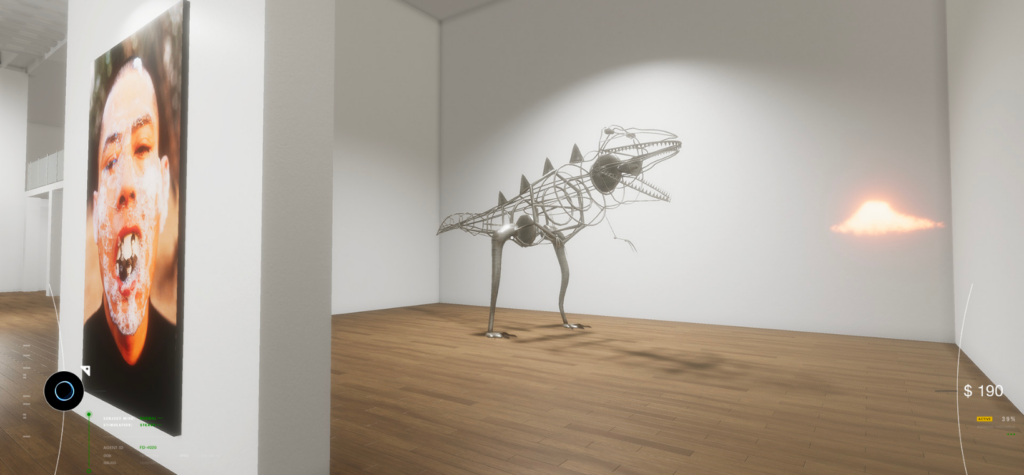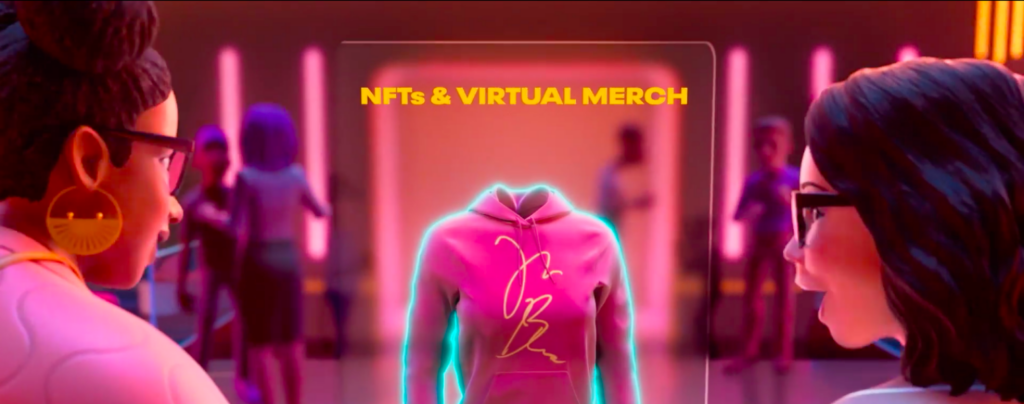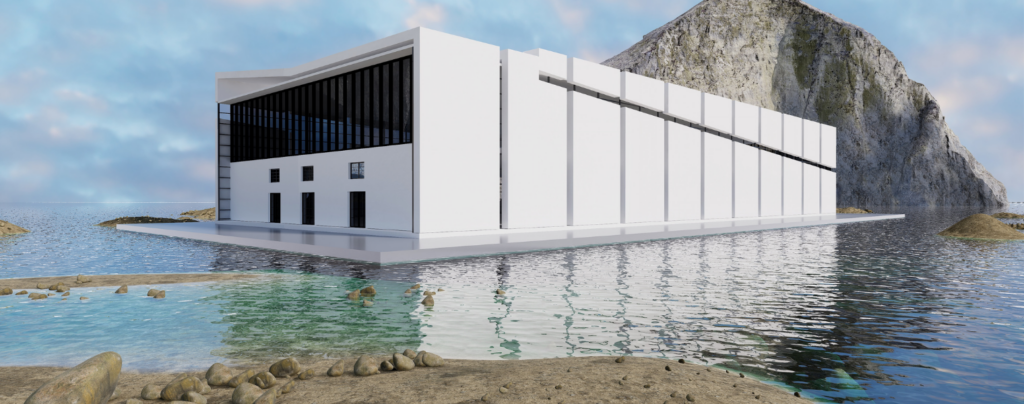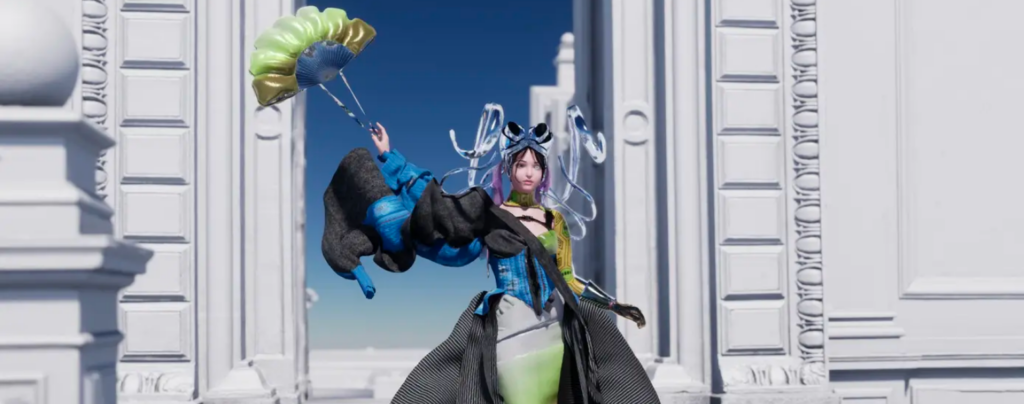We use cookies to improve your experience. By continuing to use this website you agree to our cookie policy.
While Meta’s CEO, Mark Zuckerberg was explaining how Facebook is pivoting its priority away from its family of social media apps (Facebook, Instagram, WhatsApp) into the ‘metaverse’, completely rebranding as ‘Meta’, with a brand new wilting-infinity-symbol logo, the art world started working hard to pick up its transformation pace, extending its presence into those new virtual spheres.

Art-centred video games and virtual spheres
The video game ‘Forgetter’ is a game that explores art in a whole new concept. The player acts as a technician, tasked with remodelling the minds of troubled artistic geniuses so they can be reused by the next generation. Wielding an axe and a vacuum cleaner, one hacks apart and sucks up objects associated with past traumas, including artworks from the dslcollection’s Chinese contemporary art.
The video game founder Sylvain Lévy described to Ocula magazine “During the pandemic, the art world moved online, but many of our experiences were unsatisfactory, even boring, who are the people who manage the screen the best? People who make video games. It’s a business model that functions, and it has a community of 1.5 billion people.”
Lévy acknowledges that art should be seen, and for that to happen it needs to speak the language of its time. Chinese artists who have works in the collection such as Feng Mengbo and Cao Fei have been making art using video game engines and virtual worlds for over a decade.
The Metaverse market, currently hovering around the size of US$22 billion, would grow at a rate of more than 40% CAGR, up till 2030, according to some market research predictions.

The Matrix, aka a virtual space
Auction houses and galleries, embarked into the Matrix, the virtual reality spaces we’re now calling the metaverse, to display and market artworks this year. Mallorca-based art gallery Lundgren Gallery launched a brand new virtual art exhibition, in which they display new artworks by emerging artists in unique virtual shows. The space is entirely virtual and developed by Emperia with exquisite detail, providing Lundgren with whole new access to online audiences
The virtual exhibition space showcases itself in between the beautiful mountains and sea view, allowing Art to be viewed online in ways that move the viewer, in a unique way that generates engagement and draws the viewer to keep coming back for more.

NFT’s
Alongside these experiences in VR, the art world persists to run energy into NFTs. Christie’s announced a collaboration with the largest NFT marketplace, OpenSea, while Pace launched an NFT platform exclusively for their artists called Pace Verso. Increasing artist ownership of digital art will only make virtual environments in which to view, share, and trade them more attractive.
The metaverse is giving art more opportunities to sell and buy artwork online, except this time it’s making the process immersive. Artists and buyers are gaining possibilities to really showcase who and what they are by using virtual shows, NFTs and entirely virtual galleries.
While physical galleries have attempted to exhibit NFTs in their own gallery space, these were usually displayed on TV screens which significantly reduced art’s quality. Virtual exhibitions place these unique objects in their native environment.

Most of the world heard of “the metaverse” for the first time, when Mark Zuckerberg announced Facebook’s rebrand as “Meta” in October. Fashion was instantly at the forefront, reflecting on Zuckerberg’s presentation of his future, virtual closet, using an avatar. Following the announcement, Meta’s official Twitter account tweeted: “Hey @Balenciaga, what’s the dress code in the metaverse?”
It is great to see that fashion isn’t the only creative field jumping in, art is catching up and applying itself into the metaverse. Are you Meta-ready?
